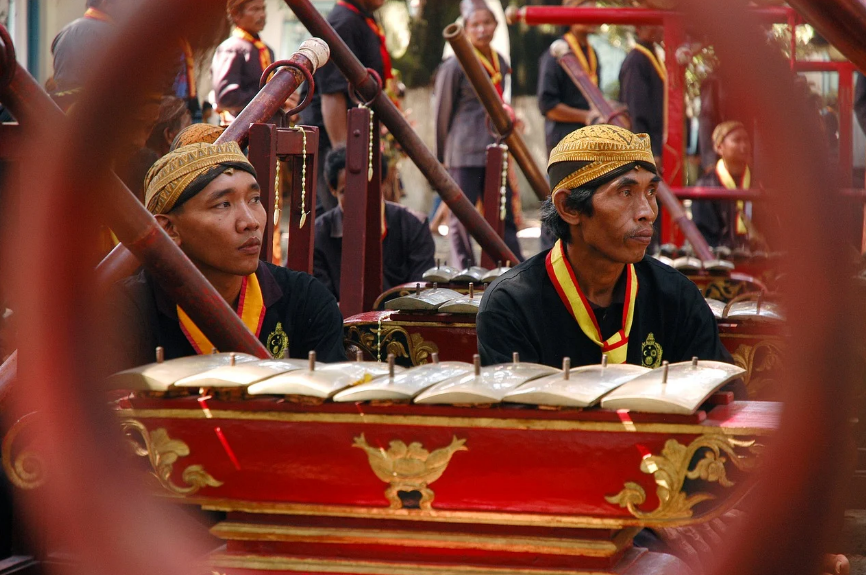King 567, Betbhai247, Apbook247: Shadow puppetry is an ancient form of storytelling that uses shadows cast by puppets to create visual narratives. This art form dates back centuries and has been practiced in various cultures around the world. The puppets are typically made of leather or other translucent materials and are intricately designed to cast detailed shadows when illuminated from behind.Through the manipulation of these puppets and the play of light and shadow, performers are able to create captivating scenes and bring characters to life. The intricate movements of the puppets, accompanied by music and narration, make shadow puppetry a mesmerizing and immersive experience for audiences. This traditional art form continues to be cherished and passed down through generations, showcasing the creativity and ingenuity of human storytelling methods.� Shadow puppetry is an ancient form of storytelling using shadows cast by puppets� Puppets are typically made of leather or translucent materials� Performers manipulate puppets to create captivating scenes and bring characters to life� Accompanied by music and narration, shadow puppetry is a mesmerizing experience for audiencesHistory and Origins of Shadow PuppetryShadow puppetry has a rich history dating back to ancient times. The exact origins of this art form are somewhat shrouded in mystery, but it is believed to have originated in various parts of the world such as China, India, Turkey, and Greece. These early forms of shadow puppetry were used for storytelling, religious rituals, and entertainment purposes in different cultures.Over time, shadow puppetry spread to different regions and continued to evolve with each culture adding its own unique twist. In Asia, shadow puppet performances became elaborate shows with intricately designed puppets and intricate storylines. In Europe, shadow puppetry was also popular during the medieval era, often used for educational purposes in churches and schools. The art of shadow puppetry has continued to thrive and adapt to modern times, with contemporary artists incorporating new technologies and storytelling techniques to keep this ancient art form alive.Cultural Significance of Shadow PuppetryShadow puppetry holds immense cultural significance across various regions around the world. The traditional art form not only serves as entertainment but also serves as a medium to convey stories, morals, and historical events in a unique and visually captivating manner. Communities use shadow puppetry as a way to preserve their cultural heritage, passing down stories and traditions from generation to generation.Furthermore, shadow puppetry plays a crucial role in religious ceremonies and rituals in many cultures. As a form of visual storytelling, it can depict myths, legends, and religious narratives that hold deep spiritual significance for communities. Through intricate puppet designs and skillful manipulation, shadow puppetry brings these stories to life in a way that resonates with both the young and old, fostering a sense of connection to one’s culture and beliefs.What is shadow puppetry?Shadow puppetry is a form of storytelling and entertainment using cut-out figures held between a source of light and a screen to create shadow images.Where did shadow puppetry originate from?Apbook365, Apbook Login, Goexch777: Shadow puppetry has origins in various cultures around the world, including China, India, Turkey, Indonesia, and Greece.What is the significance of shadow puppetry in different cultures?Shadow puppetry plays a significant role in cultural traditions, rituals, and storytelling in many societies, often conveying moral lessons, religious themes, and historical narratives.How has shadow puppetry evolved over time?Shadow puppetry has evolved from traditional performances to modern adaptations, incorporating new technologies and artistic styles while preserving its cultural heritage.What are some common themes in shadow puppetry performances?Common themes in shadow puppetry performances include folk tales, legends, myths, epic stories, and historical events that reflect the cultural values and beliefs of a society.
The Art of Shadow Puppetry: Cultural Traditions and Modern Expressions

